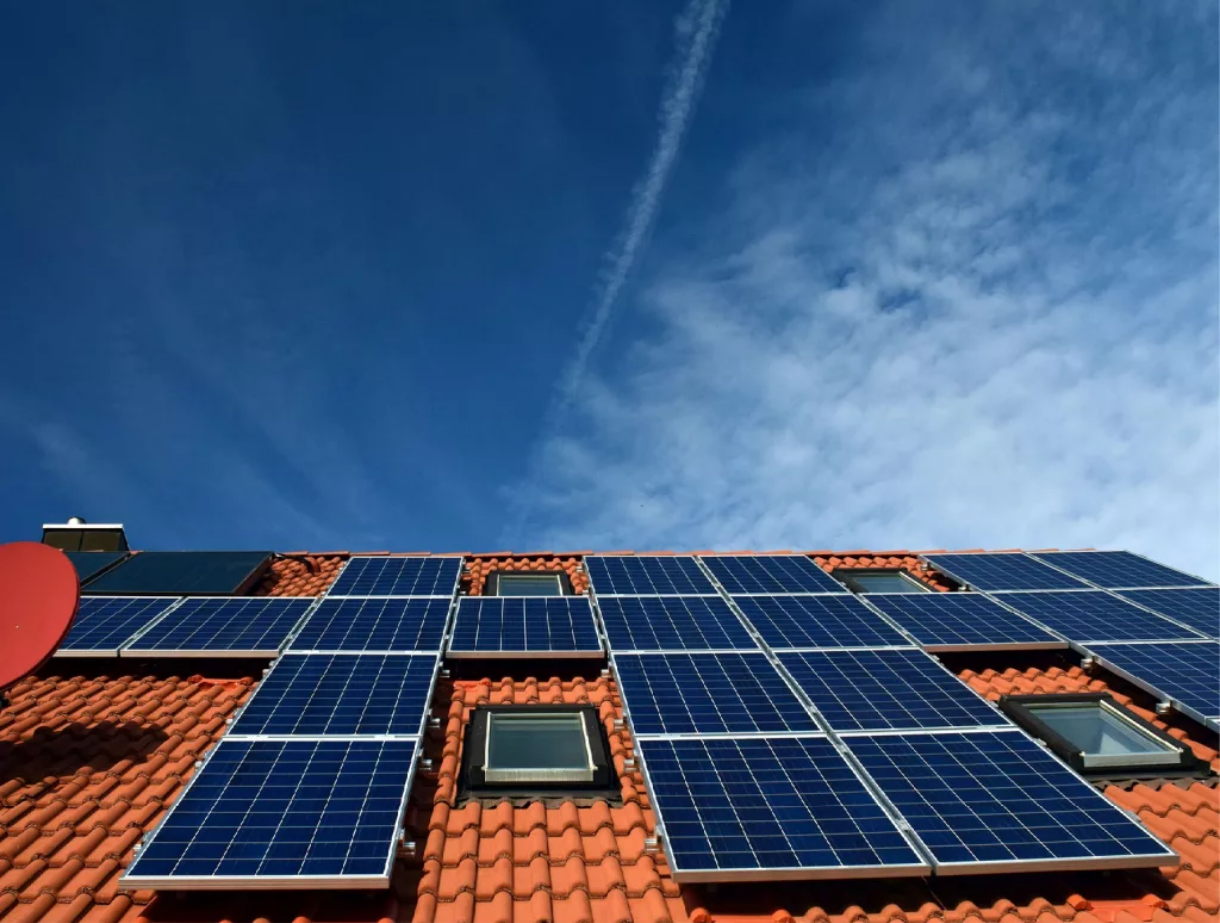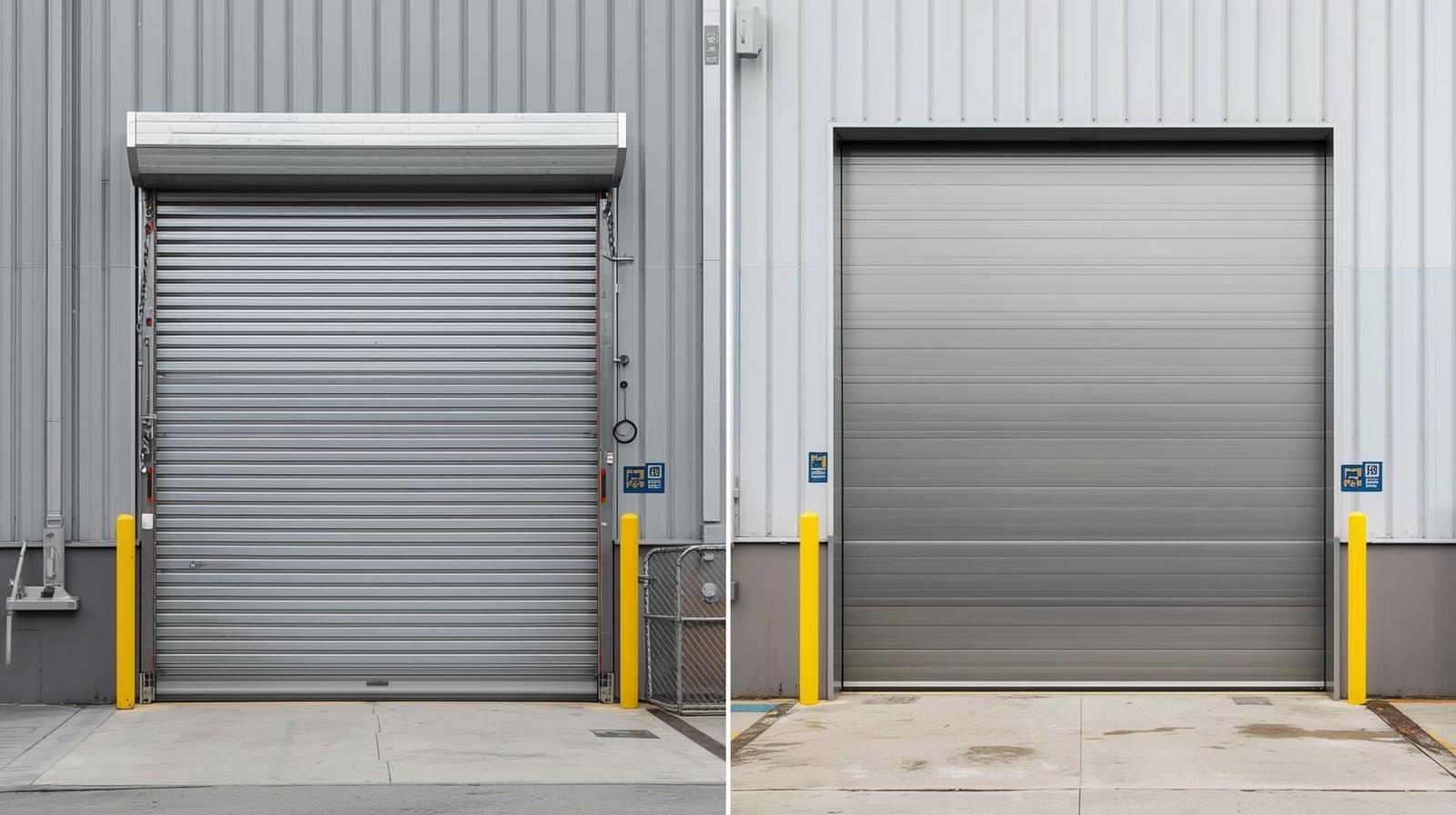Solar energy has emerged as a sustainable and cost-effective solution for powering homes across the globe. With advancements in technology and decreasing costs, solar installation Sacramento has become more accessible than ever.
This guide aims to provide a comprehensive overview of solar installation, covering everything from understanding solar power to choosing the right installer and maintaining your solar system.
What Is Solar Installation?
Solar installation involves the process of fitting solar panels onto a residential or commercial property to harness sunlight and convert it into usable electricity.
This renewable energy source reduces dependence on traditional fossil fuels, thereby lowering carbon footprints and energy costs.
Why Should You Choose Solar Power?
Switching to solar power has lots of benefits, like:
- Environmental Sustainability: Solar energy is clean and renewable, reducing greenhouse gas emissions and environmental impact.
- Financial Savings: Lower utility bills and potential incentives and rebates make solar a financially viable option.
- Energy Independence: It means making your own electricity so you don’t have to depend on the power company.
- Increase in Home Value: Solar installations can increase property value and appeal to eco-conscious buyers.
Understanding How Solar Panels Work!
Solar panels make electricity from sunlight using photovoltaic cells. When sunlight strikes these cells, it excites electrons, generating direct current (DC) electricity.
Photovoltaic Cells: The Basics
Photovoltaic cells are the building blocks of solar panels, made of semiconductor materials like silicon. When photons from sunlight hit these cells, they create an electric field across layers, causing electricity to flow.
Types Of Solar Panels
Here are the types of solar panels:
- Monocrystalline Solar Panels: Made from single-crystal silicon, they are efficient and space-efficient but more expensive.
- Polycrystalline Solar Panels: Made from silicon crystals melted together, they are less efficient but more affordable.
- Thin-Film Solar Panels: Made from layers of photovoltaic materials, they are flexible and less efficient but useful in certain applications.
Components Of A Solar Power System
Key components include:
- Solar Panels: Solar panels gather sunlight and turn it into electricity.
- Inverters: Convert DC electricity produced by solar panels Sacramento into AC electricity usable by home appliances.
- Mounting Structure: Securely hold solar panels in place on your roof or ground.
- Batteries (Optional): Store excess electricity for later use, enhancing energy independence.
Benefits Of Solar Energy
- Environmental Impact: Reduces carbon footprint and reliance on fossil fuels.
- Financial Benefits: Lower or eliminate electricity bills, potential tax incentives, and increased property value.
Preparing For Solar Installation
When you assess your home’s suitability for solar panels, consider factors like:
- Solar Panel Orientation and Tilt: Ensure optimal sunlight exposure.
- Roof Condition Assessment: Evaluate roof age, condition, and suitability for solar installation.
- Calculating Your Energy Needs: Determine the size of the solar system required based on your energy consumption.
Understanding Solar Incentives And Rebates
Research available incentives, tax credits, and rebates at the federal, state, and local levels to offset installation costs and maximize savings.
Choosing The Right Solar Installer
Researching Local Solar Companies: Look for experienced and reputable local solar installers.
Checking Credentials and Certifications: Ensure installers are licensed and certified by relevant industry bodies.
Reading Customer Reviews: Check online reviews and testimonials to gauge customer satisfaction and service quality.
Getting Multiple Quotes: Compare quotes from different installers to find the Best solar companies Sacramento cost.
Questions to Ask Your Solar Installer: Ask about installation timelines, warranties, and system performance guarantees.
The Solar Installation Process
Site Assessment and Design: Installers will visit your home to assess the site and design the optimal solar system.
Permits and Paperwork: Obtain necessary permits and complete the paperwork required for installation.
Solar Panel Installation Steps include:
- Roof Preparation: Ensure the roof is ready to support solar panels.
- Panel Mounting: Secure panels to the mounting structure.
- Electrical Wiring: Connect panels to inverters and electrical systems.
- Inverter Installation: Inverters are installed to convert DC electricity to AC electricity.
Connecting to the Grid (If Applicable): For grid-tied systems, connect to the local electricity grid to sell excess electricity or draw from the grid as needed.
Testing and Commissioning: Installers test the system to ensure it operates correctly and efficiently.
Maintaining Your Solar System
Regular Cleaning and Inspection: Clean panels and inspect for dirt, debris, or shading that can affect performance.
Monitoring Your System’s Performance: you should use monitoring tools to track energy production and identify any issues promptly.
Dealing with Issues and Repairs: Address any malfunctions or issues promptly with the help of a qualified technician.
Replacing Inverter or Batteries (If Needed): Plan for inverter or battery replacements based on manufacturer guidelines.
Maximizing Solar Power Usage
Using Energy Management Systems: Integrate smart energy management systems to optimize energy usage.
Implementing Energy Efficiency Measures: Reduce energy consumption through efficient appliances and practices.
Storing Excess Energy (Battery Storage): Store surplus energy in batteries for later use during peak times or at night.
Selling Excess Energy (Net Metering): For grid-tied systems, sell excess electricity back to the grid for credits or payments.
Conclusion
Switching to solar power is a sustainable choice that benefits the environment and your wallet.
By understanding the solar installation process and choosing the right components and installer, you can enjoy years of reliable, clean energy for your home. Regular maintenance and maximizing energy usage further ensure optimal performance and savings. Embrace solar energy and take control of your power today. At Super Solar Installers, we’re committed to helping you make the switch to solar seamlessly. Contact us today to start your journey towards cleaner, greener energy!




